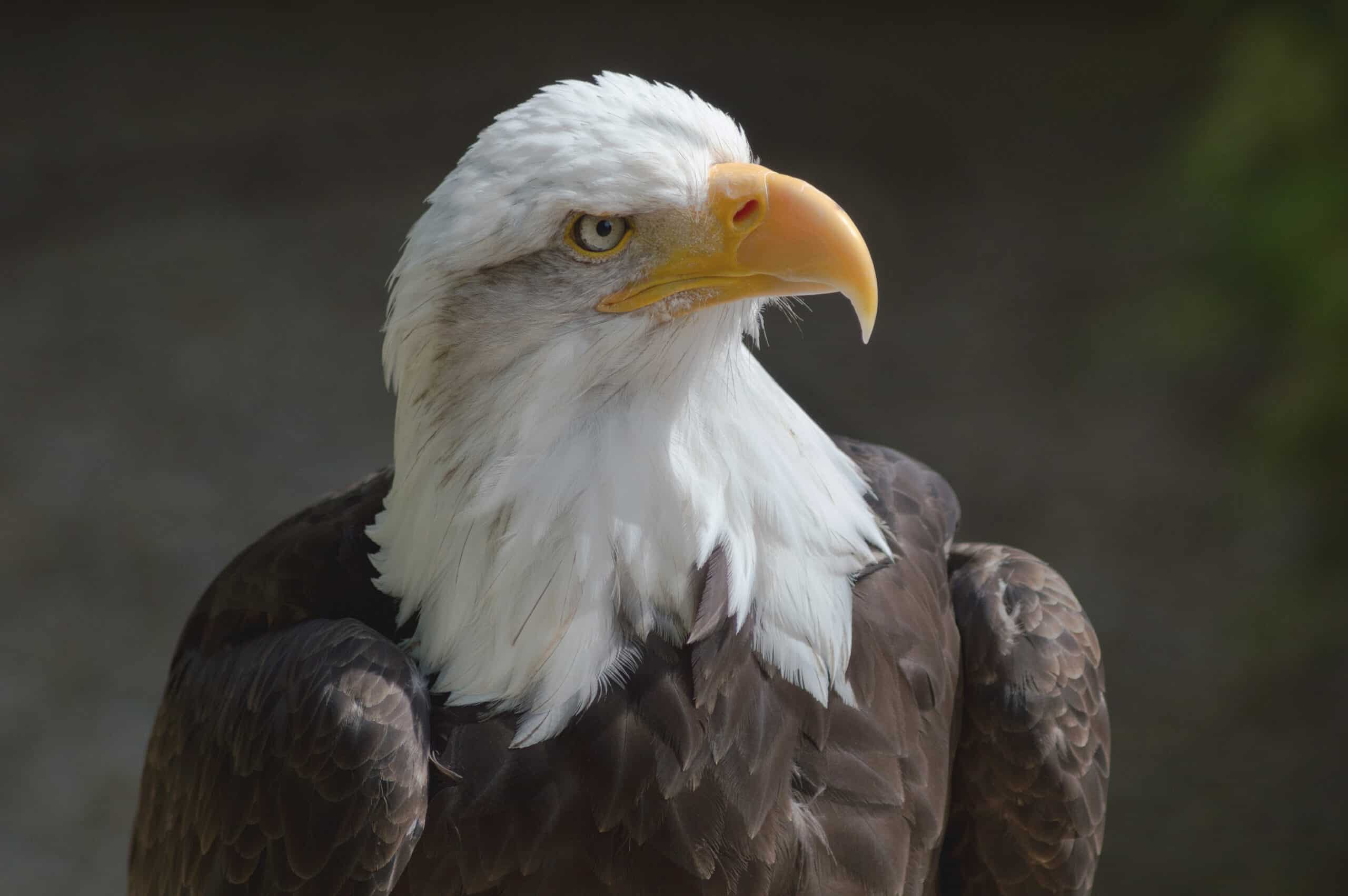The bald eagle is an iconic symbol of strength and freedom, representing the national bird and emblem of the United States. While these majestic creatures are compelling for their grace and power, their size can also leave us in awe. Here, we explore the tale of the biggest bald eagle ever recorded in the US, shedding light on these magnificent birds and their significance.
A Legendary Feathered Titan: The Biggest Bald Eagle

The largest documented bald eagle was an extraordinary specimen from Alaska, where the rich abundance of food supports their growth. This particular eagle boasted an impressive wingspan that stretched well over 8 feet, with some estimates suggesting it could have reached nearly 9 feet. This colossal size not only made it a subject of admiration but also sparked discussions about the potential and limits of these birds’ sizes under optimal conditions.
Physical Characteristics of the Bald Eagle

While the wingspan of Alaskan bald eagles can frequently reach over 7 feet, the average wingspan for the species ranges from 5.9 to 7.5 feet. Adult females, generally larger than males, tend to weigh between 10 to 14 pounds, with males slightly less. The largest eagles can weigh up to 15 pounds, showcasing their powerful build and adeptness as predatory birds.
The Biology Behind Their Size

Several factors contribute to the size variations in bald eagles. Resources, habitat, and climate play integral roles, with eagles in colder regions like Alaska growing larger due to Bergmann’s rule, which suggests larger body sizes for warmth retention in colder climates. Additionally, abundant food sources such as salmon provide the necessary nutrition for larger growth.
A Day in the Life of a Bald Eagle

These majestic birds typically forage in areas rich in fish and waterfowl, their primary diet components. A bald eagle’s day comprises hunting, soaring on thermal currents, and maintaining their territory. They exhibit keen eyesight, crucial for spotting prey from great distances, often leading them to be successful hunters.
The Role of Territory in Their Development

Territory size can affect the development and survival of bald eagles, as larger, resource-rich areas support more significant growth and health. Territorial battles, particularly among males, are common as they vie for the best hunting grounds and nesting sites. Ample space ensures access to the food necessary to reach maximum size.
Nesting and Reproduction Habits

Bald eagles build some of the largest nests of any bird species, often adding to them each year. These nests provide a safe space for raising their young and are typically located high in sturdy trees or cliffs, offering protection and a good vantage point for food acquisition. Breeding pairs remain monogamous, with both partners involved in raising their chicks.
The Bald Eagle’s Place in Ecosystems

Bald eagles are critical components of their ecosystems, acting as apex predators and scavengers. They help control fish and smaller bird populations, contributing to ecological balance. Their presence indicates a healthy environment, as they require clean water and abundant prey to thrive.
Conservation Efforts and Their Impact

In the mid-20th century, bald eagle populations dwindled due to habitat loss, DDT pesticide use, and hunting. Conservation efforts, including banning DDT and protecting eagle habitats through the Bald and Golden Eagle Protection Act, have significantly aided in their recovery, bringing them back from the brink of extinction.
The Significance of the Bald Eagle as a National Symbol

The bald eagle was officially adopted as the United States’ national symbol in 1782. Its attributes of strength, resilience, and freedom resonate deeply with American values. Its recovery story mirrors the ideals of perseverance and conservation commitment, reinforcing its symbolic roles.
Challenges Bald Eagles Face Today

Despite significant recovery, bald eagles still face threats from habitat encroachment, lead poisoning from ingested ammunition, and climate change affecting their habitats. Continuing vigilance in conservation efforts is necessary to ensure their ongoing survival.
Admiration and Fascination with Bald Eagles

Throughout history, bald eagles have captured human imagination, inspiring awe with their flight prowess and commanding presence. Observing bald eagles in the wild offers a unique experience, connecting people to nature in meaningful ways and fostering a desire to protect these magnificent birds.
Conclusion: The Continued Flight of the Bald Eagle

The story of the biggest bald eagle ever recorded is not just about size but represents the awe and respect humans have for the natural world. As we continue to learn and work toward their conservation, these birds offer a powerful reminder of nature’s resilience and the importance of preserving it. Through ongoing efforts, we aim not only to celebrate their grandeur but to ensure future generations witness the grandeur of the bald eagle soaring high in the skies.
- How Wildfires Influence Animal Migration and Habitats - August 9, 2025
- The Story Behind the Bison’s Comeback from Near Extinction - August 9, 2025
- How Penguins Take Turns at Sea and Nest to Raise Chicks - August 9, 2025

